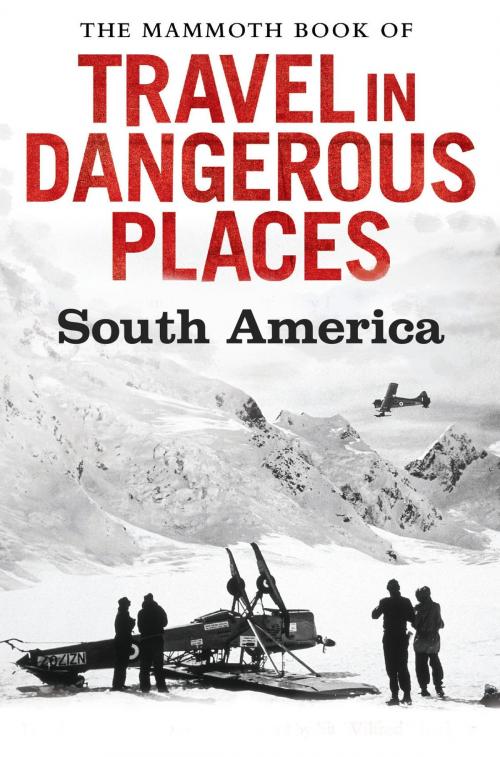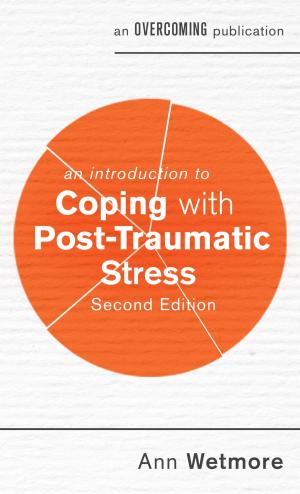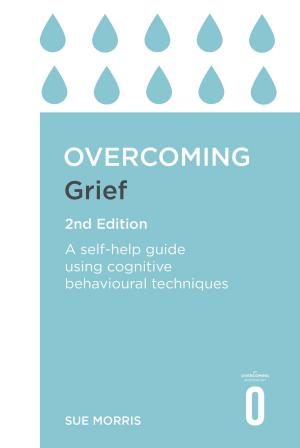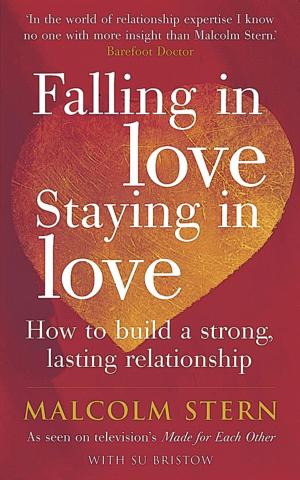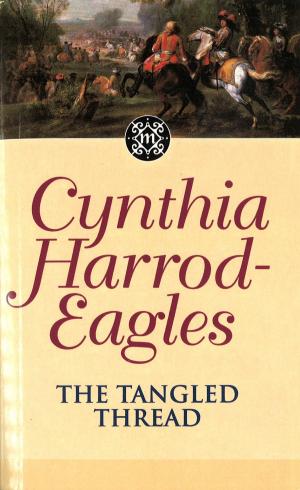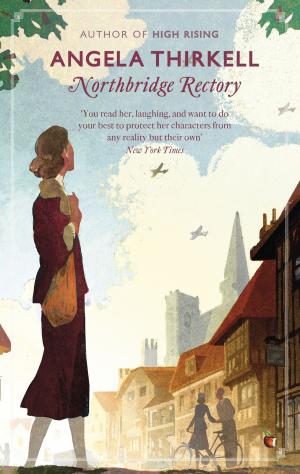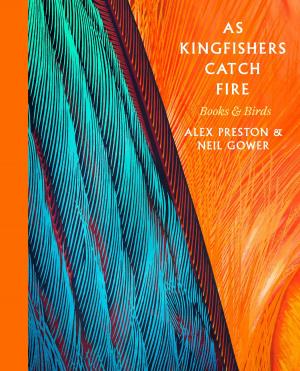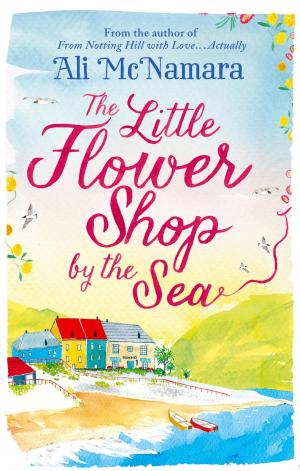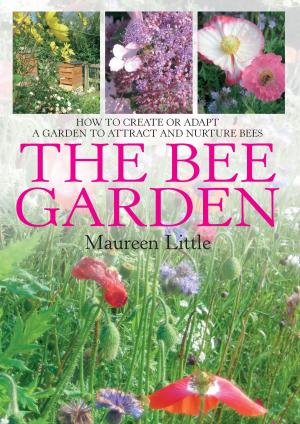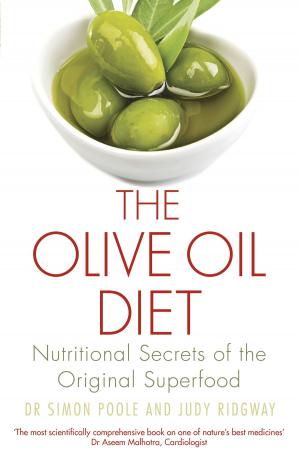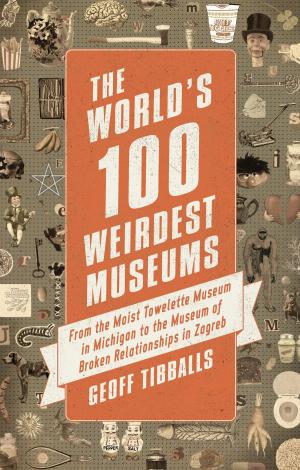The Mammoth Book of Travel in Dangerous Places: South America
Nonfiction, Travel, Adventure & Literary Travel| Author: | John Keay | ISBN: | 9781472100092 |
| Publisher: | Little, Brown Book Group | Publication: | June 7, 2012 |
| Imprint: | Robinson | Language: | English |
| Author: | John Keay |
| ISBN: | 9781472100092 |
| Publisher: | Little, Brown Book Group |
| Publication: | June 7, 2012 |
| Imprint: | Robinson |
| Language: | English |
Eating Dirt in Venezuela - Alexander von Humboldt
Geographer, geologist, naturalist, anthropologist, physician and philosopher, Baron von Humboldt brought to exploration a greater range of enquiry than any contemporary. Also an indomitable traveller, particularly in the Orinoco/Amazon basin (1799-1804), he often invited danger but always in the cause of scientific observation. The interest of his narratives therefore lies primarily in the author's insatiable curiosity and in the erudition that allowed him to generalize from his observations. A classic example is his ever deadpan disquisition on earth-eating. It occurs in the middle of a hair-raising account of descending the Orinoco in Venezuela.
Iron Rations in Amazonia - Henry Savage Landor
Bar Antarctica, Everest and the Empty Quarter, twentieth-century explorers have largely had to contrive their challenges. Landor went one better and contrived the hazards. From Japan, Korea, Central Asia, Tibet, and Africa he returned, always alone, with ever more improbable claims and ever more extravagant tales. The climax came in 1911 with Across Unknown South America, the sort of book that gave exploration a bad name. His route, irrelevant and seldom "unknown", nevertheless demanded superhuman powers of endurance as when the expedition marched without food for fifteen days.
The Discovery of Machu Picchu - Hiram Bingham
Just when it seemed as if all the "forbidden cities" had been entered and the "lost civilisations" found, there occurred one of the most sensational discoveries in the history of travel. Hiram Bingham, the son of missionary parents in Hawaii, was a lecturer in Latin American history at Yale and Berkeley who devoted his vocations to retracing the routes of Spanish conquest and trade in Columbia and Peru. He was drawn to the high Andes near Cuzco and to the awesome gorges of the Urubamba River by rumours about the existence there of the lost capital and last retreat of the Incas. Machu Picchu was neither; but it richly rewarded his heroic endeavour in reaching it. After excavation by Bingham in 1912 and 1915, it was revealed as the best preserved of the Inca cities and South America's most impressive site.
Eating Dirt in Venezuela - Alexander von Humboldt
Geographer, geologist, naturalist, anthropologist, physician and philosopher, Baron von Humboldt brought to exploration a greater range of enquiry than any contemporary. Also an indomitable traveller, particularly in the Orinoco/Amazon basin (1799-1804), he often invited danger but always in the cause of scientific observation. The interest of his narratives therefore lies primarily in the author's insatiable curiosity and in the erudition that allowed him to generalize from his observations. A classic example is his ever deadpan disquisition on earth-eating. It occurs in the middle of a hair-raising account of descending the Orinoco in Venezuela.
Iron Rations in Amazonia - Henry Savage Landor
Bar Antarctica, Everest and the Empty Quarter, twentieth-century explorers have largely had to contrive their challenges. Landor went one better and contrived the hazards. From Japan, Korea, Central Asia, Tibet, and Africa he returned, always alone, with ever more improbable claims and ever more extravagant tales. The climax came in 1911 with Across Unknown South America, the sort of book that gave exploration a bad name. His route, irrelevant and seldom "unknown", nevertheless demanded superhuman powers of endurance as when the expedition marched without food for fifteen days.
The Discovery of Machu Picchu - Hiram Bingham
Just when it seemed as if all the "forbidden cities" had been entered and the "lost civilisations" found, there occurred one of the most sensational discoveries in the history of travel. Hiram Bingham, the son of missionary parents in Hawaii, was a lecturer in Latin American history at Yale and Berkeley who devoted his vocations to retracing the routes of Spanish conquest and trade in Columbia and Peru. He was drawn to the high Andes near Cuzco and to the awesome gorges of the Urubamba River by rumours about the existence there of the lost capital and last retreat of the Incas. Machu Picchu was neither; but it richly rewarded his heroic endeavour in reaching it. After excavation by Bingham in 1912 and 1915, it was revealed as the best preserved of the Inca cities and South America's most impressive site.
